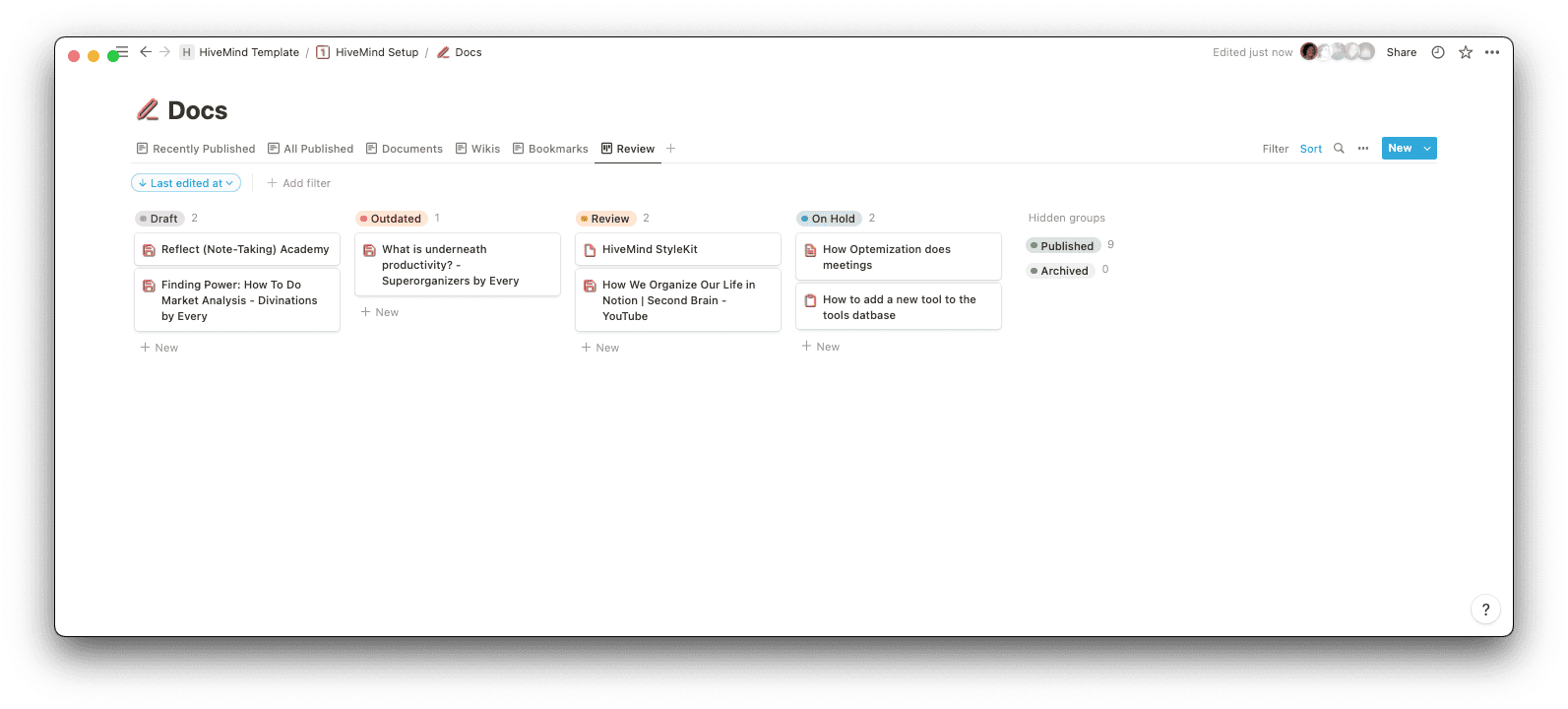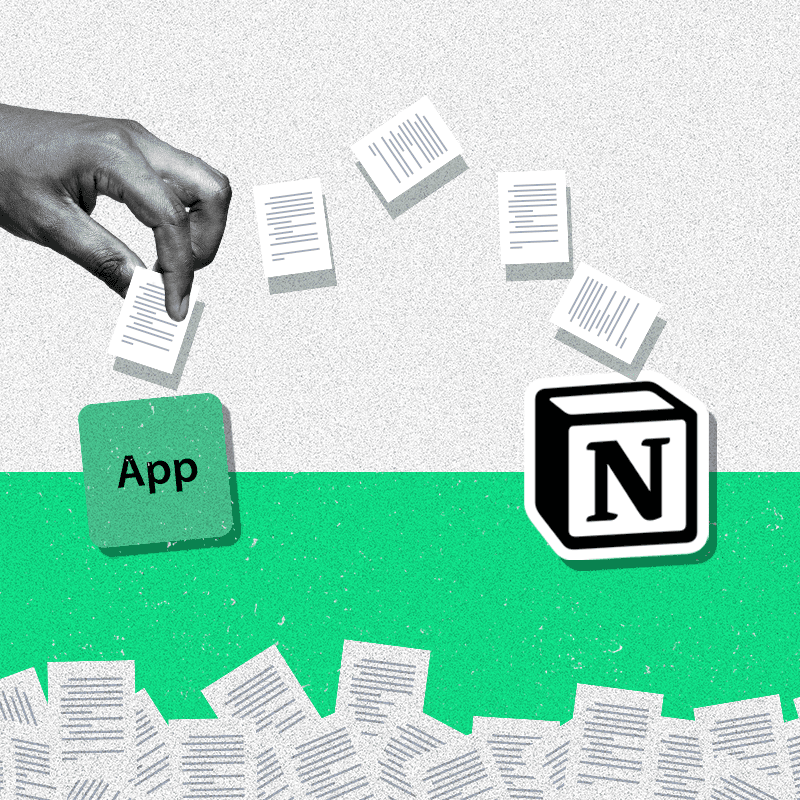Consistency is the hallmark of longevity.
Companies with efficiency, quality output, and uniformity of performance across the organization have one thing in common: Consistency; they are not reinventing the wheel! Regardless of the industry, a number of daily activities need to be executed without any error or delay. A standard operating procedure (SOP) is critical to ensuring that routine tasks are carried out correctly the same way every time, no matter who is completing it.
What is an SOP
A standard operating procedure (SOP) is a document providing explicit directions for completing a specific task. Note that SOPs differ from simple procedure documents (a process document outlines the steps necessary to complete a task or process). The main difference is that procedure documents provide a high-level overview of a process. In contrast, SOPs provide an "on-the-ground" explanation of what needs to happen to ensure a given process goes as planned.
Determine the purpose
Before you even start drafting your first SOP, you should have a clear idea of what its purpose is. Ask yourself why you're creating the document in the first place. You'll want to ask questions such as these:
How will this SOP help employees work more effectively and efficiently?
How will this SOP improve the team's performance?
How will this SOP affect the bottom line?
To streamline and optimize workflows, you'll want to identify existing pain points or obstacles within your organization's processes. This will help you clearly outline specific areas where your team could benefit from your SOP.
Use SOP Templates
The number of SOPs needed will vary greatly depending on your organization, industry, and the scope of your operations. Consequently, you'll accumulate hundreds, if not thousands, of SOPs! With this in mind, templates provide a sound starting point. Templates will not only save you time, energy, and unnecessary formatting battles but can also ensure that documents follow best practices and therefore meet your industry's standards

HiveMind SOP template
Gather your team’s Input
Involve your team in the documentation process by asking them which routine tasks they are responsible for and how they should be performed (requesting a Loom is great). Once your initial SOP draft is complete, consult the team members who came up with the procedure to give you their feedback and review it for accuracy. SOPs should be reviewed periodically to make sure they are accurate and up-to-date.
Always think from the end user’s perspective
Writing standard operating procedures without a clear understanding of how they each interrelate with tasks and your organization's overall mission, vision, and values can be a recipe for disaster. Put yourself in your employee's shoes and see what information they need to complete their tasks. All the information you need is there; you just have to view it from the end user's perspective.
Bulletproof your SOPs
Once you've written the process down, you need to work out what's likely to fail when executing your SOP. Where will things go wrong? Suppose you're using your SOP to demonstrate best practice guidelines. You can test the validity and consistency of the process by doing different test scenarios on your process to see if each step works smoothly. You can also test your SOPs with your team. This can help reveal any ambiguity or errors you might not have noticed.
Train your team
Regardless of how experienced or specialized your current team members are, they will need to be trained (and/or retrained) when new SOPs are implemented. This can be a sensitive topic, especially for long-time employees. They may be accustomed to doing things a certain way and may not yet see the benefits of making the necessary changes. For this reason, it's important that your training sessions be relaxed, with no-risk activities, so your team feels comfortable and confident during these training. This is all part of building up greater confidence and familiarity with your company—keeping in mind that "learning by doing" is typically the most effective manner of training
Maintaining your SOP over time
Once you've put your SOP in place, make it a regular practice to check in with your team to ensure they're using it. Find out if there are any problems with the current SOP. Simply ask your team if they're using it - and if they aren't, follow up with questions about why. There could be a problem you didn't know existed, or a team member has found a better way to execute the process. Start a feedback loop with your teammates right away using resources like HiveMind. The sooner you take action, the sooner you can make a better SOP that will positively impact your processes and your team.

HiveMind review kanban board
Ready to bring consistency to your operations with Notion and SOPs?


